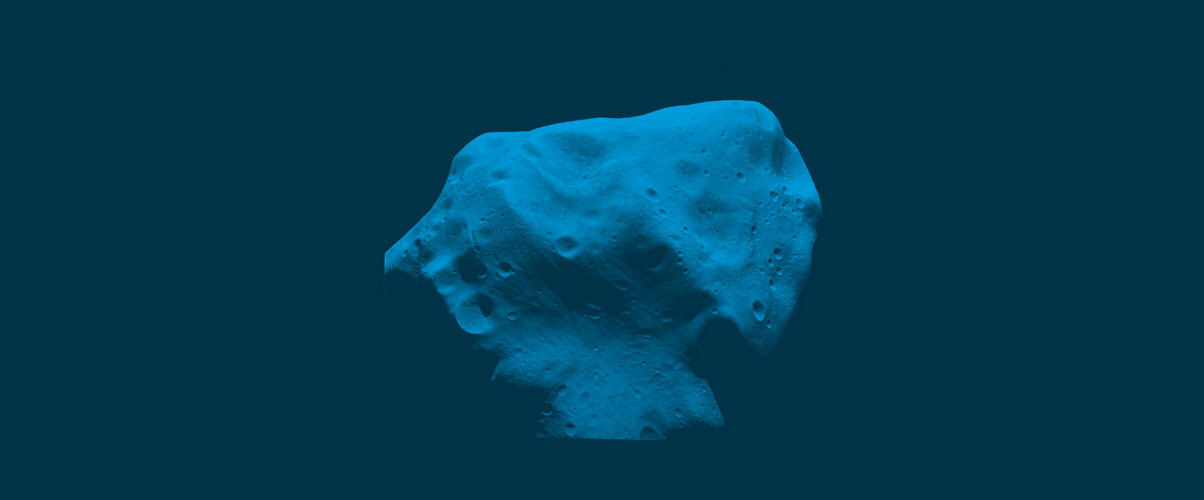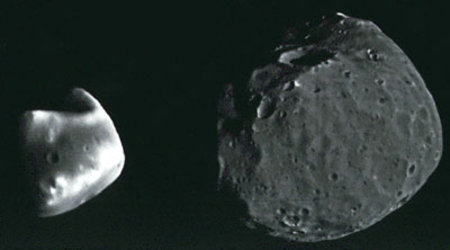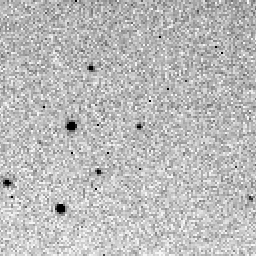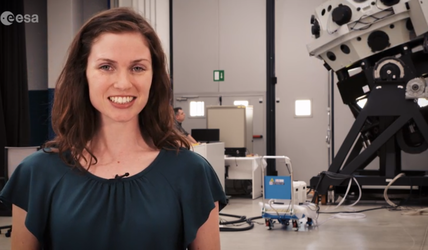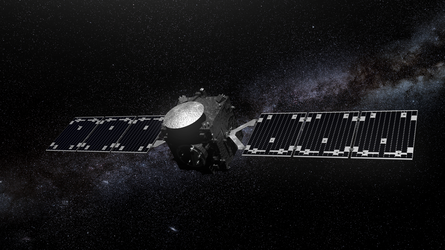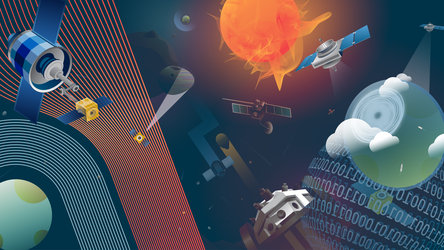Newly discovered asteroid just second of its kind
In brief
You may have heard of the Trojans, two vast swarms of asteroids that lead and trail Jupiter on its orbit around the Sun.
But the king of the planets doesn’t hold a monopoly on Trojan asteroids. The physics that gives rise to the formation of these distinctive collections of ancient rocks is the same for all planets – including Earth.
While the existence of Earth Trojans had been theorised for many years, the first direct observation of one was confirmed just over a decade ago. Since then, no second Earth Trojan had been discovered – until now.
In-depth
In this Q&A, Toni Santana-Ros (TSR) from the University of Alicante and Institute of Cosmos Sciences of the University of Barcelona, and Laura Faggioli (LF) from ESA’s Near-Earth Object Coordination Centre (NEOCC) explain the importance and challenges behind the discovery of the second Earth Trojan asteroid.
Santana-Ros is the lead author of the paper presenting the discovery of the second Earth Trojan, published today, 1 February, in Nature Communications. ESA’s NEOCC provided important support to the research.
- What are Trojan asteroids?
TSR: The Trojans are asteroids trapped in regions of space where the gravitational pull from the Sun and one of the planets is balanced. These regions are known as Lagrange points.
The Trojans orbit around the Sun on roughly the same path as the planet and gather into groups near the two stable Lagrange points: one ahead of the planet (L4), and one behind it (L5).

- How many Trojan asteroids are there?
TSR: We’ve identified almost 10 000 Jupiter Trojans, and a few dozen at Venus, Mars, Uranus and Neptune combined. But it wasn’t until 2011 that the first, and until now, only, Earth Trojan was discovered: 2010 TK7.
This second discovery, 2020 XL5, takes our total up to two, but there are almost certainly many more Earth Trojans out there just waiting to be discovered.
- Why are Earth Trojans important?
TSR: Asteroids are time capsules from the earliest days of our Solar System and can teach us lots about the era of planetary formation.
Earth Trojans are particularly interesting, as they could be leftover material from the formation of Earth. Even if they come from far away instead, their relatively stable orbits at Earth’s Lagrange points could still make them ideal destinations for a spacecraft mission.
- Why have we spotted so few Earth Trojans?
LF: Geometry! The relative location in the sky of the Lagrange points and the Sun are fixed. That means the incredible brightness of our star is always coming from a similar direction as the Trojans and greatly limits our chance of spotting such small, dark objects.
- So, how did you find this one?
TSR: Fortunately, there are small windows just before sunrise and after sunset where one of the Lagrange points peaks over the horizon while the Sun is hidden below it. These windows are short, don’t allow for long observations, and force astronomers to point their telescopes at angles close to the horizon where viewing conditions are at their worst.
2020 XL5 was a known object, but it hadn’t been thoroughly studied. Our team used telescopes able to carry out observations of the asteroid under these difficult conditions and after studying the data, we confirmed that it is in fact the second known Earth Trojan!
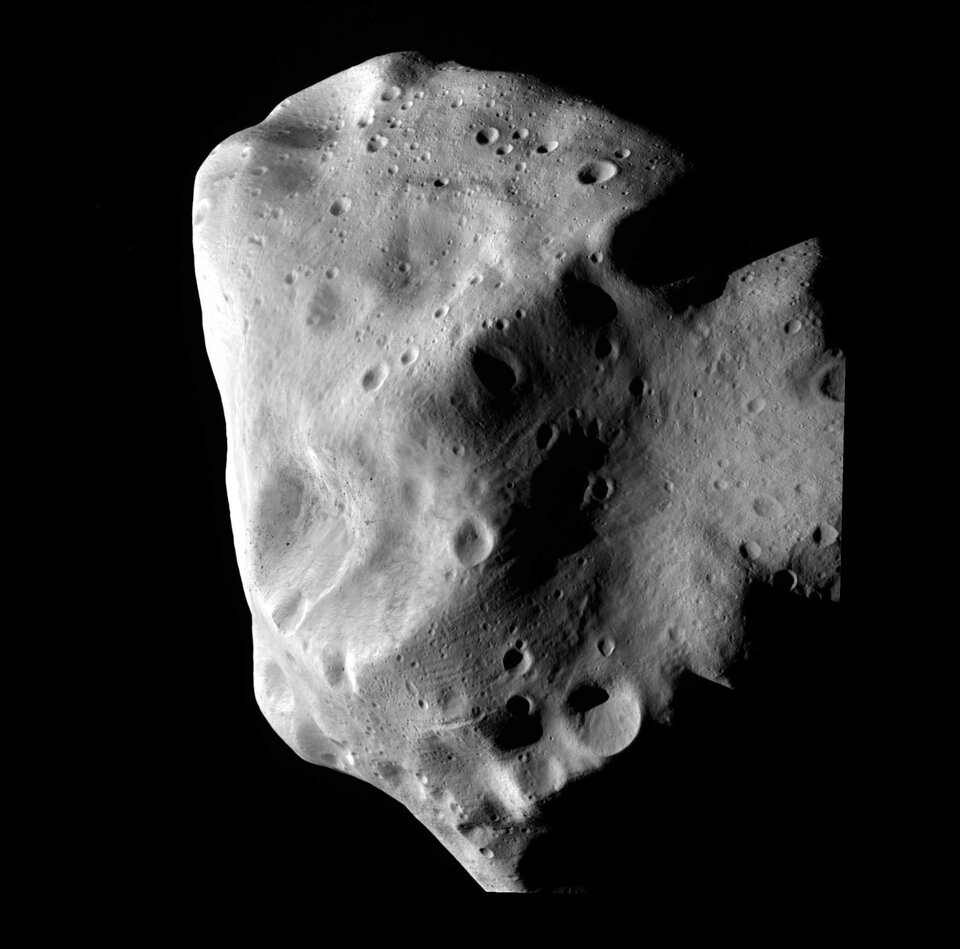
- Has it been there forever? Will it be there forever?
TSR: 2020 XL5 is a “transient” Trojan asteroid; it won’t remain an Earth Trojan forever. We predict that in about 4000 years, it will leave Earth’s Lagrange point – possibly ending up on a highly elliptical orbit around the Sun like many other asteroids.
This relatively short period of stability compared to the incredible age of the Solar System likely means that it did not begin its life here during Earth’s formation but was captured by our stable Lagrange point as it passed nearby many years later.
- How large is it? Could it pose a threat to Earth?
LF: The new Earth Trojan, 2020 XL5, is roughly 1 km wide. That’s a significant size for an asteroid, but its home at the Lagrange point is roughly as far from Earth as the Sun, and its orbit will keep it that far away for thousands of years.
- What is ESA’s NEOCC?
LF: The Near-Earth Object Coordination Centre is part of ESA’s Planetary Defence Office. We use our network of telescopes to spot and study near-Earth objects (NEOs) and provide a central access point to an entire network of other data sources on NEOs.
We use this data every day to study the orbits of NEOs and assess any risk they pose to Earth.
- How did ESA assist this research?
LF: My colleagues Marco Micheli and Luca Conversi carried out observations of 2020 XL5 using telescopes in the NEOCC network, including ESA's Optical Ground Station telescope in Tenerife.
They used their observations to determine the position of the asteroid at different times, which my colleague Ramona Cennamo and I then used to analyse its orbit. Our results demonstrated that it is a transient Earth Trojan.

- What’s next?
TSR: This discovery strongly encourages us to keep searching for new Earth Trojans. Finding an Earth Trojan made of material leftover from Earth’s formation would be incredibly helpful for unravelling many secrets of the early Solar System.
We currently carry out regular observations of the sky in collaboration with the NEOCC. In particular, we are looking for objects that could represent a hazard for Earth, but these routine observations sometimes reveal big surprises.
In the last few years, for example, we have begun to learn about a new group of very interesting objects: asteroids that orbit the Sun inside Earth’s orbit, or inner-Earth objects (IEOs). These objects will be at the top of our list going forward as, despite their relative closeness to Earth, they are still uncharted territory.















 Germany
Germany
 Austria
Austria
 Belgium
Belgium
 Denmark
Denmark
 Spain
Spain
 Estonia
Estonia
 Finland
Finland
 France
France
 Greece
Greece
 Hungary
Hungary
 Ireland
Ireland
 Italy
Italy
 Luxembourg
Luxembourg
 Norway
Norway
 The Netherlands
The Netherlands
 Poland
Poland
 Portugal
Portugal
 Czechia
Czechia
 Romania
Romania
 United Kingdom
United Kingdom
 Slovenia
Slovenia
 Sweden
Sweden
 Switzerland
Switzerland



























